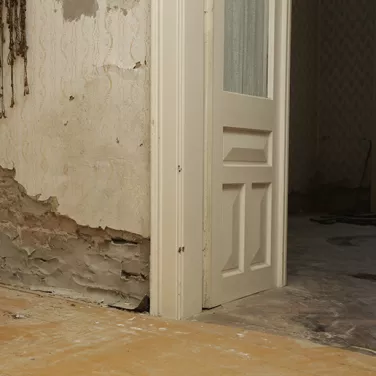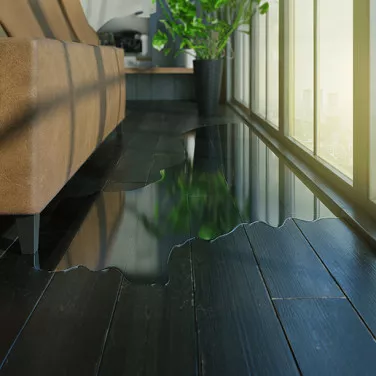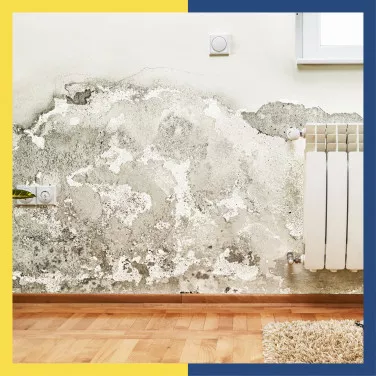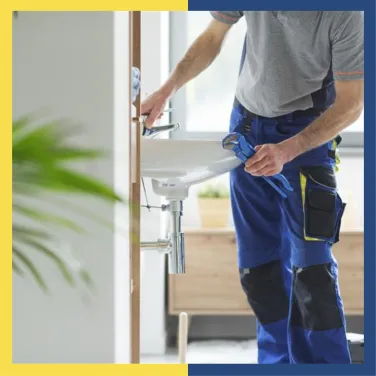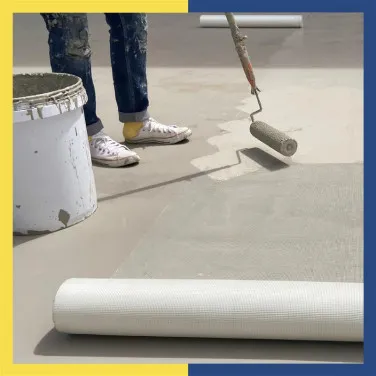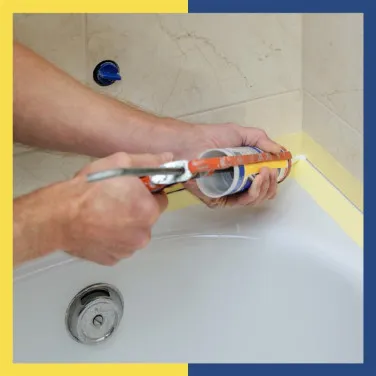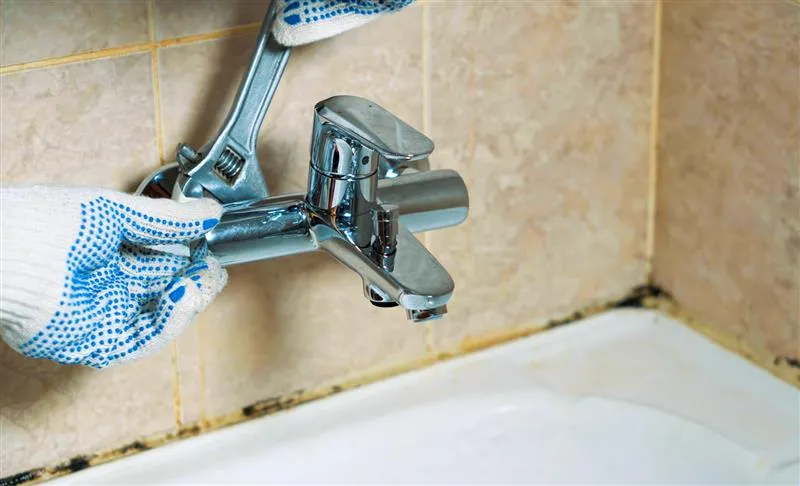

Understanding bathroom plumbing: Essentials, issues, and solutions
No more leaks: A homeowner's quick guide to bathroom plumbing
Discover bathroom plumbing essentials and the importance of bathroom waterproofing. Learn to tackle common issues and ensure stress-free maintenance
The bathroom is the heart of personal care and daily routines, but it's also reliant on essential plumbing. Efficient plumbing provides clean water, safe waste removal, and functionality. Maintaining health and well-being is compromised without it, making bathroom plumbing important to a home's comfort and operation.
However, bathroom plumbing can be a source of frustration for homeowners, with recurring issues and extensive water damage. This guide will cover the basics so you may handle common issues, saving time and money.
Essential bathroom plumbing equipment
These are the primary elements of a fully functional bathroom –
- Pipes and fittings
Pipes transport water to and from your fixtures, with fittings connecting them and directing water flow.
- Faucets and fixtures
These are the visible parts of your plumbing, including sinks, showers, bathtubs, and toilets. They control water flow and are available in various styles to match your bathroom décor.
- Traps
These curved pipes under sinks and bathtubs prevent sewer gases from entering your home. They also catch debris, helping to prevent clogs.
- Valves
Shut-off valves control water flow to individual fixtures, allowing for easy maintenance without shutting off water to the entire house.
- Water heater
Provides hot water to your bathroom fixtures. It's useful for comfort and hygiene.
Common bathroom plumbing problems and how to solve them
Here are some of the most frequently occurring issues that homeowners face –
- Clogged drains
Hair, soap scum, and other debris can cause clogs. Use a plunger, drain snake, or chemical drain cleaner to clear minor blockages. Regularly clean drains to prevent build-up.
- Leaky faucets
These are often caused by worn-out washers or seals. Replace these components to stop the leak and save water.
- Running toilets
Running toilets are typically caused by a faulty flapper valve. Replacing the flapper or adjusting the chain can resolve this issue, conserving water.
- Low water pressure
This can result from sediment build-up in pipes or fixtures. Clean aerators and showerheads regularly. If the problem persists, inspect for leaks or call a plumber.
Why you need proper bathroom waterproofing
No bathroom is ever safe from damage without proper waterproofing. Let's understand why –
- Prevention of water leakage
Quality waterproofing products effectively seal gaps and cracks, preventing water from seeping into your bathroom's structure.
- Enhanced safety
Proper waterproofing reduces the risk of mould and mildew, which can cause health issues. It also prevents tile or electrical damage that can compromise the safety of your home.
- Cost savings
Investing in waterproofing can save you money by reducing the need for frequent repairs and maintenance. It ensures your bathroom remains in good condition for years.
Choosing the proper bathroom leakage solutions creates a robust waterproof barrier, ensuring longevity and safety. Applying these waterproofing solutions during construction or while repairing bathroom leakage can prevent costly damages in the future.
Final flush: Plumbing for a trouble-free bathroom
Understanding bathroom plumbing fundamentals can significantly help tackle common problems efficiently and prevent future issues. Remember that incorporating reliable waterproofing solutions like those from Dr. Fixit ensures a durable, moisture-safe bathroom, making maintenance hassle-free. Fill out the form below to reach out to Dr. Fixit now.
FAQs
FAQ#1 – How often should I inspect my bathroom plumbing?
Inspect your bathroom regularly every six months to catch and address any potential issues early. Attending to potential issues early helps you control any damage and its related costs while ensuring your home's safety and beauty.
FAQ#2 – What are the signs of poor waterproofing in a bathroom?
Signs of poor waterproofing include –
- Peeling paint
- Mould growth
- Musty odours
- Water stains on walls or ceiling
Address these issues promptly to prevent further damage.
FAQ#3 – Can I apply bathroom waterproofing solutions myself?
No, it’s not advisable to apply bathroom waterproofing solutions yourself. Since most of the products use chemical components, only experienced and trained professionals should carry out the entire waterproofing. Not only can you hurt yourself by taking up DIY projects, but you can also compromise their effectiveness and quality. It's best to hire a professional to ensure proper application, safety, and maximum effectiveness.
Get Professional Waterproofing Solutions Today
Fill The Form below to took free site evaluation by Dr. fixit point safe painting service expert
नवीकरण
प्रश्न जो आपको अपार्टमेंट खरीदने से पहले एक सोसाइटी मैनेजर से बिल्डिंग के मरम्मत के बारे में पूछना चाहिए
नवीकरण
घरों का निरीक्षण क्यों किया जाता है और इसके माध्यम से क्या प्राप्त किया जा सकता है
Get Professional Waterproofing Solutions Today
Fill The Form below to took free site evaluation by Dr. fixit point safe painting service expert





































